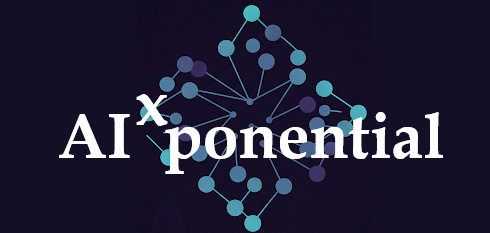Show Notes / Summary:
Reframing AI in Math Education
This document discusses the complex landscape of AI tool integration in K-12 mathematics education, addressing both the potential benefits and the significant concerns held by educators.
Topics Covered
- Addressing Teacher Concerns: The document delves into the primary concerns of math teachers regarding AI, such as undermining critical thinking, focusing on answers over process, AI inaccuracy ("hallucinations"), lack of transparency, integration burden, lack of support, and ethical considerations like data privacy and bias[cite: 1, 3, 6, 9].
- The Importance of Foundational Understanding: It emphasizes the crucial role of developing deep conceptual understanding and critical thinking skills through traditional, often AI-free, pedagogical methods as a prerequisite for effective and responsible AI use[cite: 17, 20, 29, 37].
- Shifting AI's Role: The document proposes reframing AI's role from an automated tutor to a motivational catalyst, leveraging its capabilities for visualization, simulation, personalization, and connecting math to real-world applications to ignite curiosity and demonstrate purpose[cite: 15, 37, 38, 40, 41, 43].
- A Two-Pronged Approach: It outlines a strategy that involves building foundational mastery first (AI-minimized/free phase) and then strategically integrating AI for motivational exploration[cite: 53, 55, 56, 58]. This approach aims to address teacher concerns while harnessing AI's potential[cite: 63, 86].
Key Ideas
The document highlights the conflict between AI's ability to provide quick answers and the educational goal of fostering deep understanding and critical thinking[cite: 5, 11]. It argues that a strong foundation in mathematical reasoning is essential for students to effectively use AI tools, enabling them to formulate meaningful prompts, critically evaluate outputs, and understand limitations[cite: 29, 31, 32, 33, 34].
Analogy
The document uses an analogy to illustrate the proposed approach: using AI to solve math problems without foundational understanding is like using an electric drill to hammer a nail – the tool is misused because the fundamental principles are not understood. Building the foundation first allows the tool (AI) to be used effectively for more complex tasks[cite: 74, 75, 76, 77, 79, 80, 81, 93, 94].
The Role of the Teacher
The document emphasizes that the teacher's role remains irreplaceable in guiding students through foundational learning, fostering understanding, and mentoring the critical and ethical use of AI tools[cite: 82, 95, 96, 97].
Related Report
For a comprehensive exploration of this topic, including detailed research, pedagogical approaches, and citations, please refer to our full report: Reframing AI in Math Education: Beyond Computational Tools.

